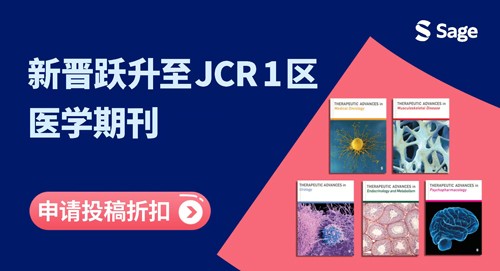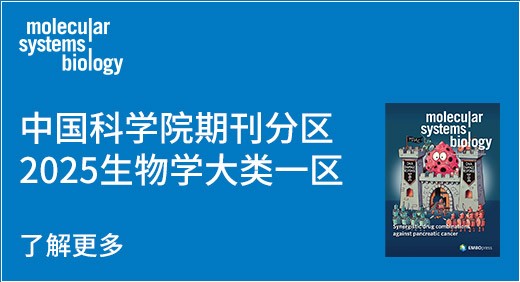当前位置:
X-MOL 学术
›
Child Dev.
›
论文详情
Our official English website, www.x-mol.net, welcomes your
feedback! (Note: you will need to create a separate account there.)
Parasympathetic and Sympathetic Reactivity and Their Coordination as Antecedents to the Cascade of Children's Callous-Unemotional Traits and Later Psychological Adjustment.
Child Development ( IF 3.8 ) Pub Date : 2025-07-18 , DOI: 10.1111/cdev.70014 Vanessa T Cao,Patrick T Davies,Morgan J Thompson,Mona El-Sheikh
Child Development ( IF 3.8 ) Pub Date : 2025-07-18 , DOI: 10.1111/cdev.70014 Vanessa T Cao,Patrick T Davies,Morgan J Thompson,Mona El-Sheikh
This study examined whether a mediational cascade involving children's respiratory sinus arrhythmia (RSA) reactivity to a series of cognitive and socio-evaluative stressors, their callous-unemotional (CU) traits, and psychological adjustment was moderated by their cardiac pre-ejection period (PEP) reactivity. Using a multi-method, multi-informant design, 238 mothers and their preschool children (Mage = 4.38, 52% female; 68% White; 18% Black; 14% Multiracial or another race; and 16% Latinx) participated in three annual timepoints from 2018 to 2022. Findings indicated that children's CU traits at Wave 2 mediated the association between dampened RSA reactivity at Wave 1 and their Wave 3 externalizing and social difficulties. Consistent with hypoarousal models of CU traits, these pathways were stronger for children with dampened PEP reactivity to the stressors.
中文翻译:

副交感神经和交感神经反应及其协调性作为儿童冷酷无情的特征和后来心理调整的先决条件。
本研究检查了涉及儿童呼吸窦性心律失常 (RSA) 对一系列认知和社会评价压力源的反应性、他们的冷酷无情 (CU) 特征和心理调整的中介级联反应是否受到他们的心脏射血前期 (PEP) 反应性的调节。2018 年至 2022 年,238 名母亲及其学龄前儿童(Mage = 4.38,52% 女性,68% 白人,18% 黑人,14% 多种族或其他种族,16% 拉丁裔)参与了 2018 年至 2022 年的三个年度时间点。研究结果表明,第 2 波儿童的 CU 特征介导了第 1 波 RSA 反应性减弱与第 3 波外化和社交困难之间的关联。与 CU 性状的低唤醒模型一致,这些途径对于 PEP 对压力源反应性减弱的儿童来说更强。
更新日期:2025-07-18
中文翻译:

副交感神经和交感神经反应及其协调性作为儿童冷酷无情的特征和后来心理调整的先决条件。
本研究检查了涉及儿童呼吸窦性心律失常 (RSA) 对一系列认知和社会评价压力源的反应性、他们的冷酷无情 (CU) 特征和心理调整的中介级联反应是否受到他们的心脏射血前期 (PEP) 反应性的调节。2018 年至 2022 年,238 名母亲及其学龄前儿童(Mage = 4.38,52% 女性,68% 白人,18% 黑人,14% 多种族或其他种族,16% 拉丁裔)参与了 2018 年至 2022 年的三个年度时间点。研究结果表明,第 2 波儿童的 CU 特征介导了第 1 波 RSA 反应性减弱与第 3 波外化和社交困难之间的关联。与 CU 性状的低唤醒模型一致,这些途径对于 PEP 对压力源反应性减弱的儿童来说更强。






























































 京公网安备 11010802027423号
京公网安备 11010802027423号